There are a lot of different houseplants that you can choose from, but if you’re looking for something a little bit different, then you might want to consider getting a spiky plant. These plants are perfect for adding a bit of personality to your home, and they can also help to purify the air.
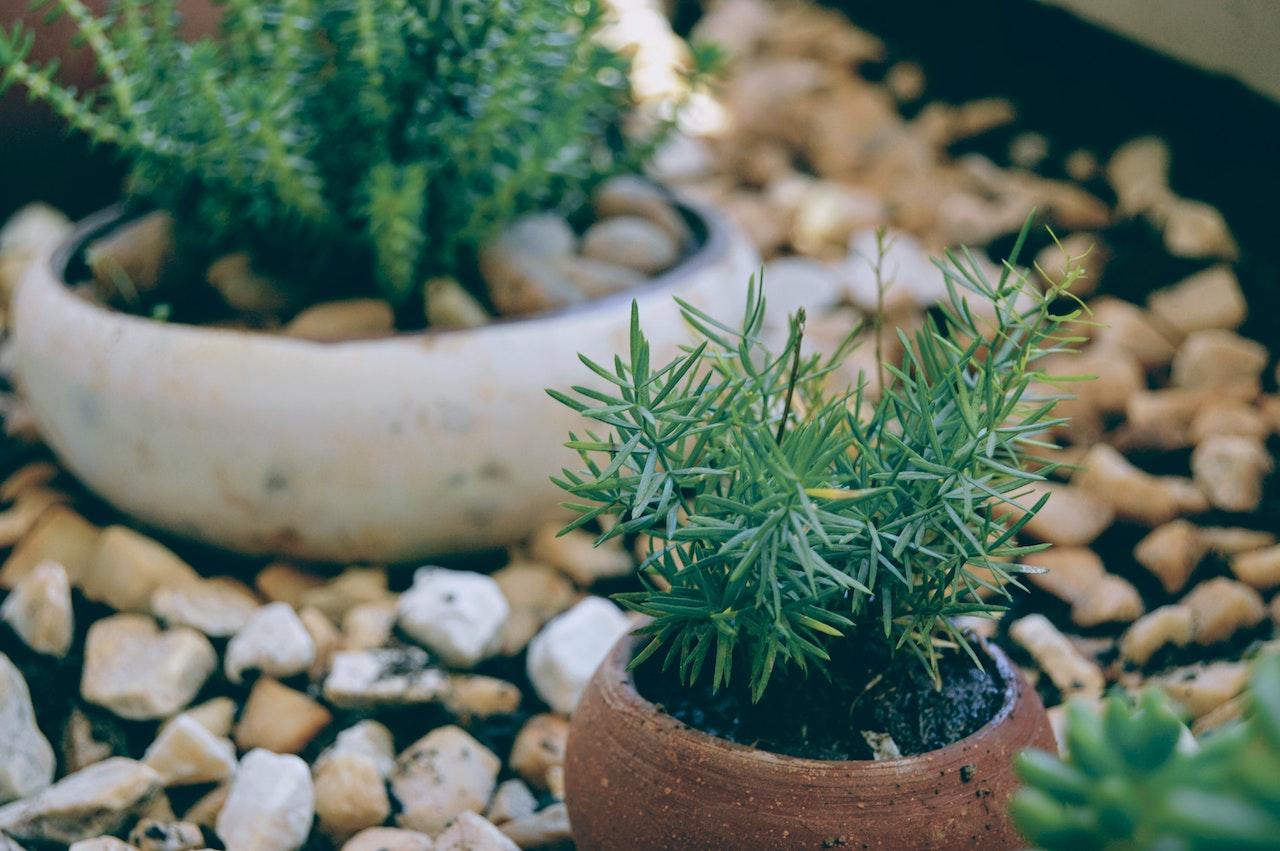
Credit: Pexels
We’ve highlighted some of the best houseplants you can use for your home- in low light conditions or even purify the air around you.

The Best Spiky Houseplants For Beginners
1. Aloe Vera
Aloe vera is a great spiky houseplant for beginners because it is very easy to care for and it can tolerate a wide range of conditions.
2. Cactus
Cactus is another good choice for beginners because it is also easy to care for and it is very drought tolerant.
3. Snake Plant
The snake plant is a good choice for beginners because it is very easy to care for and it is very tolerant of a wide range of conditions.
4. Yucca
Yucca is a good choice for beginners because it is very easy to care for and tolerates a wide range of conditions.
5. Agave
Agave is a good choice for beginners because it is very easy to care for and it is very drought tolerant.
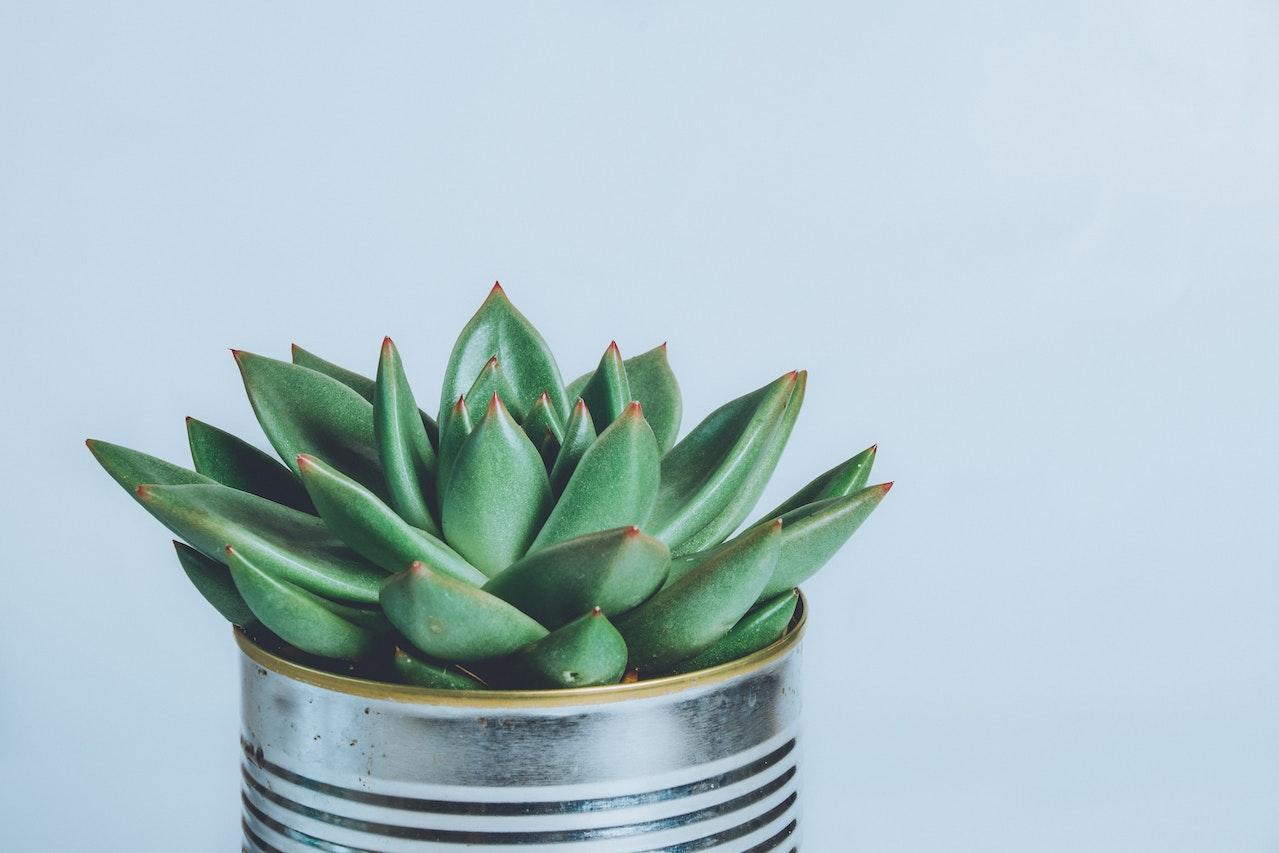
Credit: Pexels
The Best Spiky Houseplants For Purifying The Air
-
Aloe Vera
Aloe vera is a popular succulent plant that is often used for its medicinal properties. It is also known to be effective in purifying the air.
-
Snake Plant
Snake plants are popular for their ability to thrive in low-light conditions. They are also known to be effective in purifying the air.
-
Boston Fern
Boston ferns are a type of fern that is known for its ability to thrive in humid conditions. They are also known to be effective in purifying the air.
-
Areca Palm
Areca palms are a type of palm tree that is known for its ability to thrive in warm climates. They are also known to be effective in purifying the air.
-
Peace Lily
Peace lilies are a type of plant that is known for its ability to thrive in shady conditions. They are also known to be effective in purifying the air.
The Best Spiky Houseplants For Low-light Conditions
1. Snake Plant (Sansevieria trifasciata)
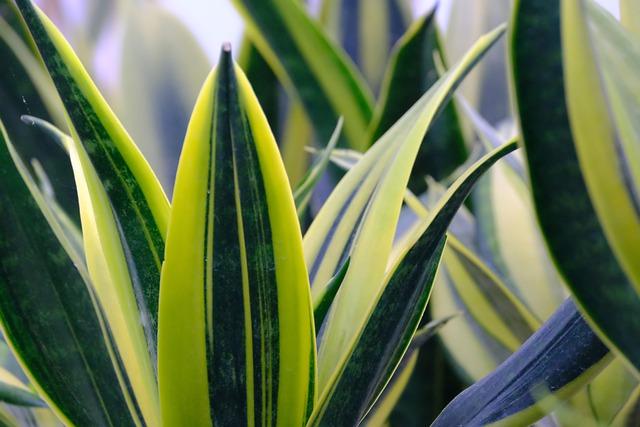
Snake Plant is one of the best spiky houseplants for low-light conditions. It is an evergreen perennial that can grow up to four feet tall and is native to Africa. The snake plant is tolerant of a wide range of conditions, including drought and poor lighting.
2. The Dragon Tree (Dracaena marginata)
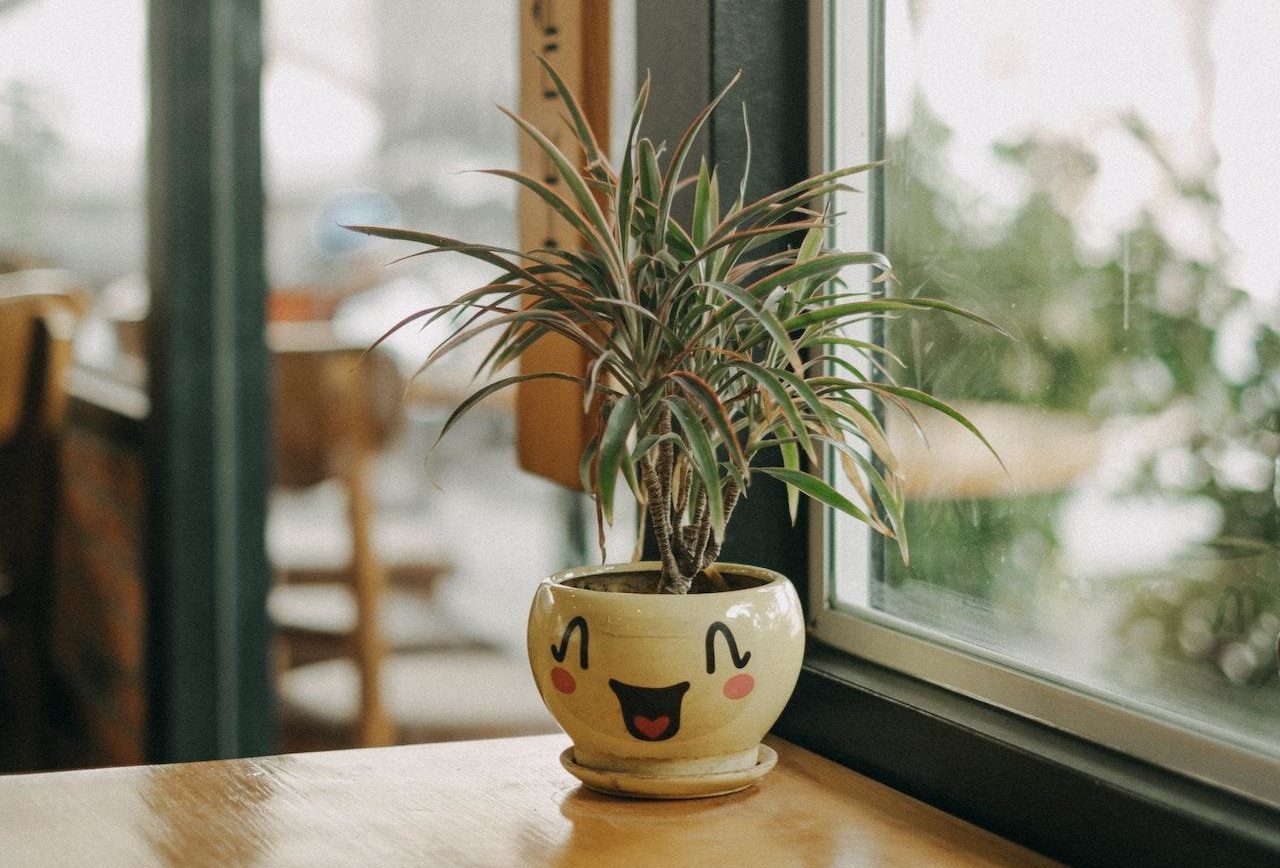
Credit: Pexels
It’s another excellent choice for a spiky houseplant in low-light conditions. The plant is a slow-growing evergreen tree that can reach up to fifteen feet tall. The dragon tree is native to Madagascar and is tolerant of various conditions, including low light.
3. The Adam’s needle (Yucca filamentosa)
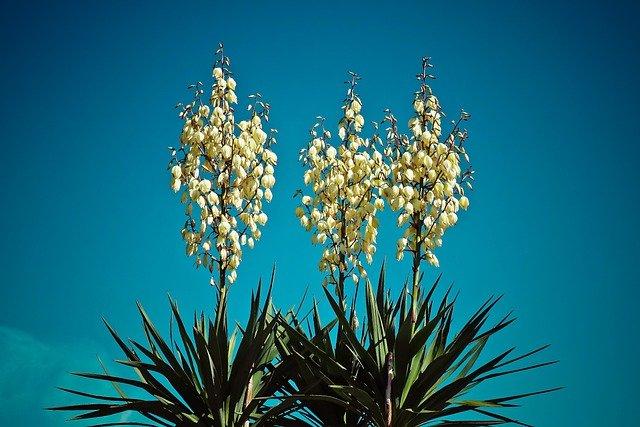
The Adam’s needle is another great choice for a spiky houseplant in low-light conditions. It is an evergreen perennial that can reach up to six feet tall and is native to the southeastern United States. Adam’s needle is tolerant of a wide range of conditions, including low light.
4. Aloe Vera
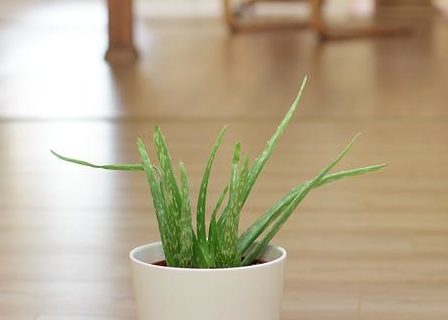
Aloe vera is a succulent that is also a great choice for a spiky houseplant in low-light conditions. It can reach up to two feet tall and is native to Africa. Aloe vera is tolerant of a wide range of conditions, including low light.
5. Pencil Cactus ( Euphorbia tirucalli)
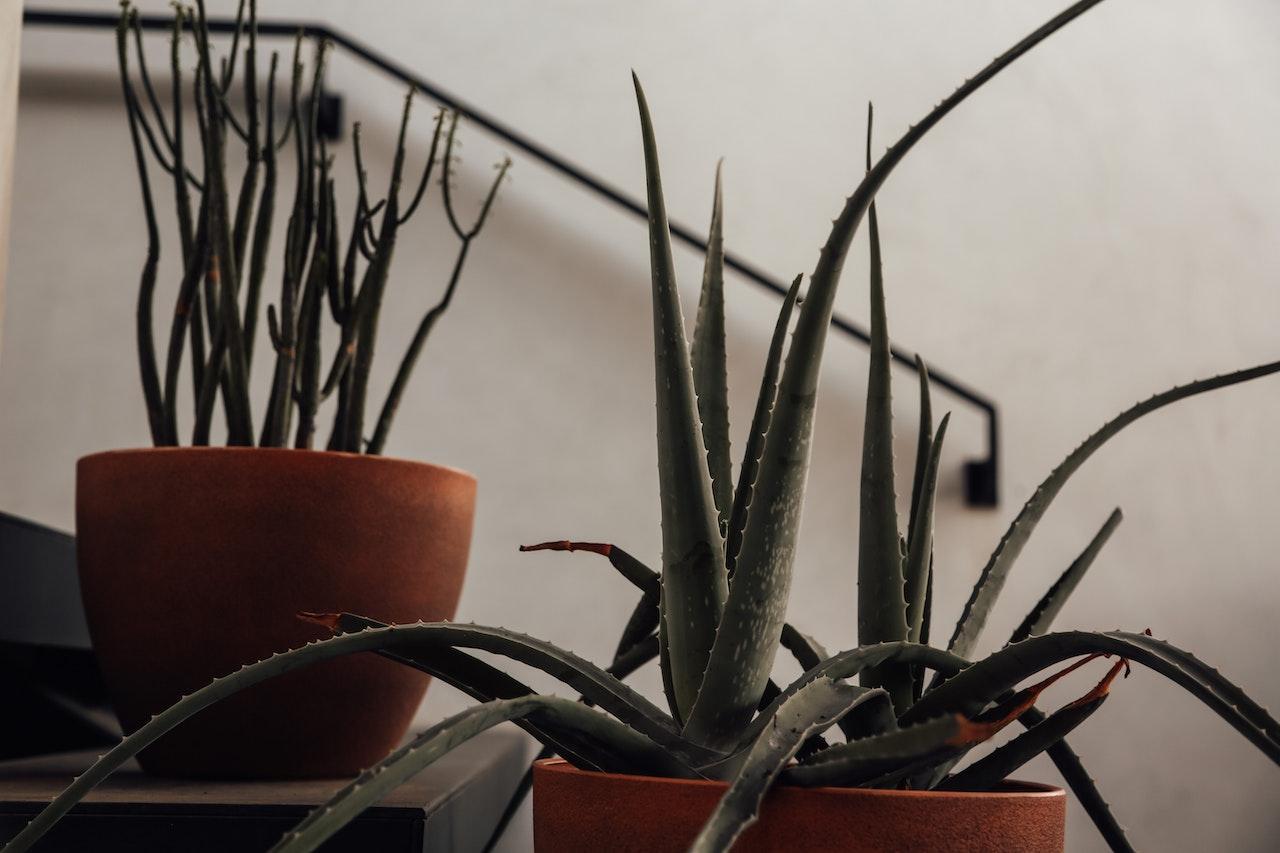
Credit: Pexels
The Pencil cactus is another great choice for a spiky houseplant in low-light conditions. It is a succulent that can reach up to ten feet tall and is native to Africa. The pencil cactus is tolerant of a wide range of conditions, including low light.
The Best Spiky Houseplants For Making A Statement
-
Aloe vera
Aloe vera is a popular succulent that is easy to care for and makes a great statement plant. It has long, spiky leaves that are green or variegated with white, yellow, or pink. Aloe vera is a drought-tolerant plant that does well in bright, indirect light.
-
Yucca
Yucca is a genus of about 40 species of evergreen flowering plants that are native to the hot and dry regions of the Americas. Yuccas have stiff, sword-like leaves that are often blue-green or variegated. They are drought-tolerant and do best in full sun.
-
Agave
Agave is a genus of about 200 species of succulent plants that are native to the hot and dry regions of the Americas. Agaves have long, spiky leaves that are often blue-green or variegated. They are drought-tolerant and do best in full sun.
-
Cactus
Cactus is a genus of about 200 species of succulent plants that are native to the hot and dry regions of the Americas. Cacti have long, spiky leaves that are often green or variegated. They are drought-tolerant and do best in full sun.
-
Euphorbia
Euphorbia is a genus of about 2,000 species of succulent plants that are native to the hot and dry regions of the world. Euphorbias have long, spiky leaves that are often green or variegated. They are drought-tolerant and do best in full sun.
Bonus Tips
- Put the plant in a bright spot near a window
- Water your spiky houseplant when the soil is dry
- Fertilize the plant once a month
- Trim it when it starts to get leggy
Frequently Asked Questions
- What are the best spiky houseplants for indoor spaces?
There are a few different factors to consider when choosing the best spiky houseplant for your indoor space. These include the amount of light and space available, as well as your personal preferences. Some of the most popular spiky houseplants include cacti, succulents, and agaves.
- How do I care for my spiky houseplant?
Caring for a spiky houseplant is relatively easy, as they are very tolerant of neglect. However, there are a few things to keep in mind to keep your plant healthy. These include providing adequate drainage, avoiding overwatering, and protecting your plant from too much direct sunlight.
- What are the benefits of having a spiky houseplant?
There are many benefits to having a spiky houseplant in your home. These plants are known to be very efficient at cleaning the air, as well as being low-maintenance and drought-tolerant. Additionally, many people find the spiky texture of these plants to be visually appealing.
- Are there any drawbacks to having a spiky houseplant?
One potential drawback of having a spiky houseplant is that it can be potentially harmful to small children and pets. The sharp spines on these plants can cause scratches and punctures, so it is important to keep them out of reach of little ones. Additionally, it is important to be careful when handling these plants, as the spines can also cause harm to humans.
- Where can I buy a spiky houseplant?
Spiky houseplants are widely available and can be purchased from most garden centers and nurseries. Additionally, many online retailers sell these plants, making them easy to purchase from the comfort of your own home.
Conclusion
If you’re looking for a plant that will add some life to your home, look no further than these top 5 spiky houseplants! These plants are sure to make a statement and liven up any space. They’ll serve you perfectly well and you can enjoy them with adequate care.
Michelle Wilde
Related posts
1 Comment
Leave a Reply Cancel reply
![]()
About Michelle Wilde
Michelle Wilde is a stay-at-home mom and avid plant lover. Armed with a post-graduate degree in Computer Science (no kidding!), she loves researching plants and landscapes. When she is not caring for her 4 kids, she spends time on her passion for plants. She blogs at www.indoorplantschannel.com, the trusted source for indoor plants.
Learn more
Subscribe
* You will receive the latest posts and updates about indoor plants!
Search
Recent Posts
Categories
- Beginner Guides (10)
- FAQ (206)
- General (2)
- How-To Guides (212)
- Indoor Plants (214)
- Pest Management (2)
- Plant Problem Solutions (4)
- Seasonal Growing (2)
- Specialized Environments (2)
- Specific Plant Care (3)
- Technical Growing (2)
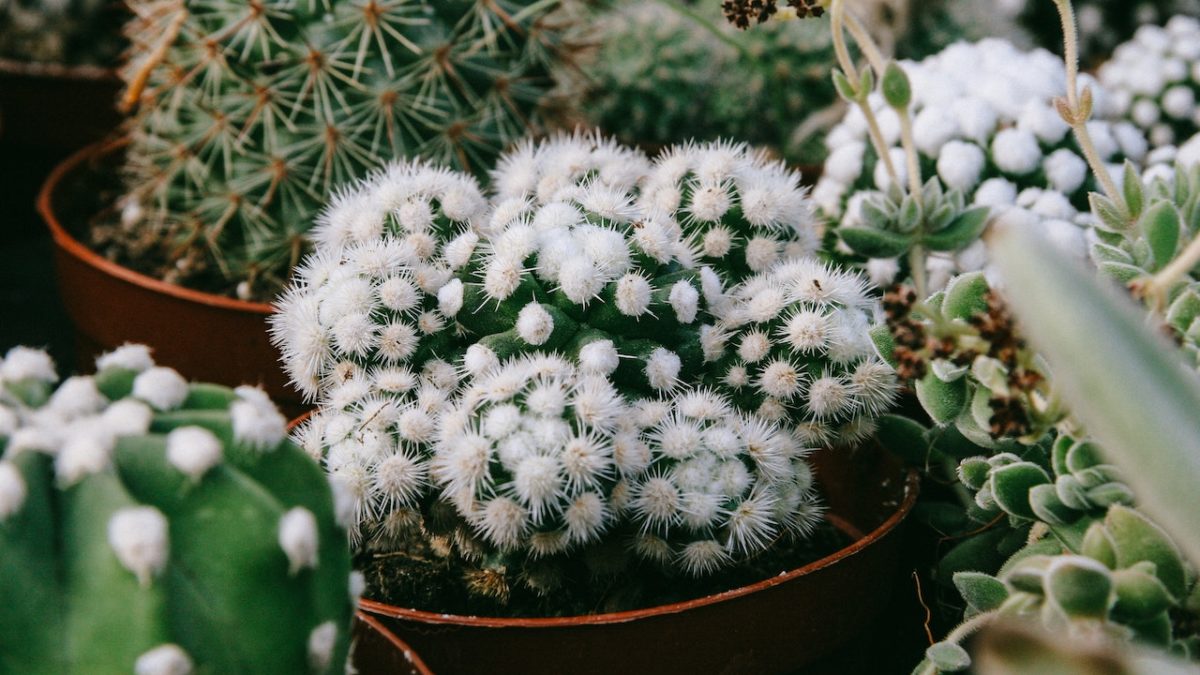
[…] that are relatively easy to care for and don’t require a lot of attention. Here are some of the best spiky leaf houseplants for […]